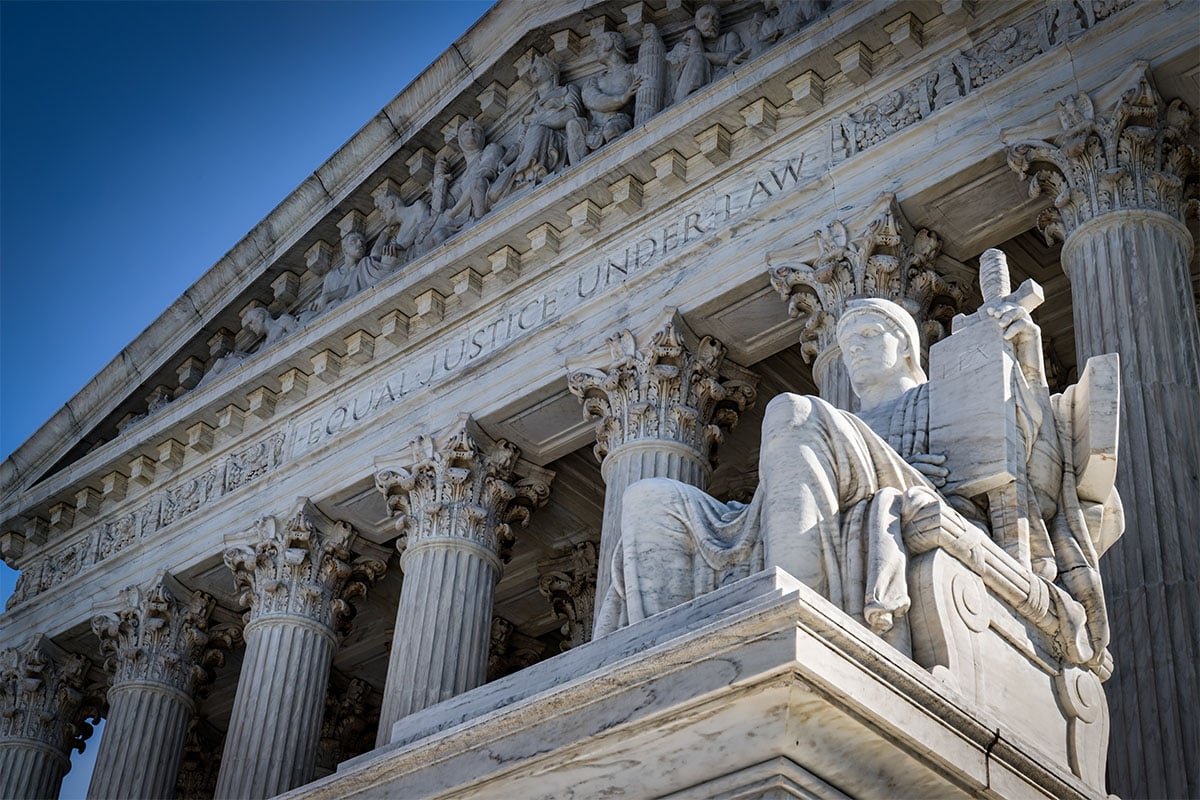Some day we may end up calling it the Cov-Ed effect. Or something catchier. After a series of high-profile, state-level wins, parental choice in education seems to be both gaining momentum and dominating many conversations on the right. So, what was it that turned the tide in favor of parental freedom in education?
When classrooms were locked and classes went online during the pandemic, parents could see for themselves the toxic drivel being fed to their children. For many, the “eye-opening” moment came when teachers’ unions used their unchecked power to keep classrooms locked long after scientists said it was both safe to reopen and urgent that we do so.
The recent flurry of wins for parents and students wasn’t easy to foresee from a flooded basement office across from the United States Supreme Court in 1990. With support from The Lynde and Harry Bradley Foundation in 1989, Clint Bolick had set his sights squarely on his target, even if it meant taking off his shoes, wading through the flooded basement, and hoping the vital documents he’d left on the floor late the night before were salvageable.
They weren’t. But as one of only a small handful of parental choice champions, Bolick knew sacrifices had to be made. The Court hadn’t decided in favor of free enterprise for a half century, and there wasn’t yet a single educational freedom law to defend. There was no “movement.” At least not yet.
Movements require more than funding—they require voluntary effort, often by unlikely allies. Seeing the need for collaboration early on, The Bradley Foundation convened conversations between Bolick and Wisconsin’s Republican governor, Tommy Thompson, and a Democratic state assemblywoman, Polly Williams. The duo had just led efforts to pass a law allowing one percent of the students trapped in Milwaukee’s dismal urban public schools to use public funding to attend non-sectarian private schools. The battle had been joined.
Williams was nonplussed when mutual friend Bob Woodson introduced her to a young attorney from DC who was offering to defend her law in court. She didn’t like Bolick and didn’t see the need. They’d won, after all. In reality, victory wouldn’t be secured until Bolick successfully defended the law in a steamy Wisconsin courtroom packed with dozens of parents who were bussed in for the occasion.
This was a really big deal. Educational freedom was, in the words of then Bradley Foundation president Michael Joyce, a “silver bullet” issue, with the regulatory state playing the role of werewolf. Battles over issues that point at the heart of the regulatory state are especially important to fight, whether on offense or defense.
Twelve years later, the opportunity arose for a high-stakes defense of parental rights in education at the US Supreme Court. Of the sixteen cases that Bolick and his colleagues had fought in the interim, the first to reach the nation’s highest court was a voucher case from Ohio. Bolick and his team knew that if the case was about religion (the Ohio vouchers could be used at religious schools), they would lose. If it was about education, they would win. The keys to victory were held by Justice Sandra Day O’Connor, then the Court’s swing vote, and it could truly go either way.
The arguments went well, and Bolick and his team were encouraged when Justice O’Connor showed her famous “tell,” interrupting their opponents with “Now, wait just a second. . .” But over the next few months, before the decision was released, rumors were circulating that O’Connor had second thoughts. Concerns were only heightened when every decision of the term was announced except for theirs. Historically, this meant that a dissent was being read from the bench. Bolick and his colleagues ran to the court and heard the news: parental choice had won.
There was a movement. It was built not by one person, but by thousands who showed up at conferences and in voting booths, courtrooms, and classrooms. There are no permanent victories, only permanent battles to be fought, and where there are, you can bet that The Bradley Impact Fund donor community remains committed to supporting the fight.


